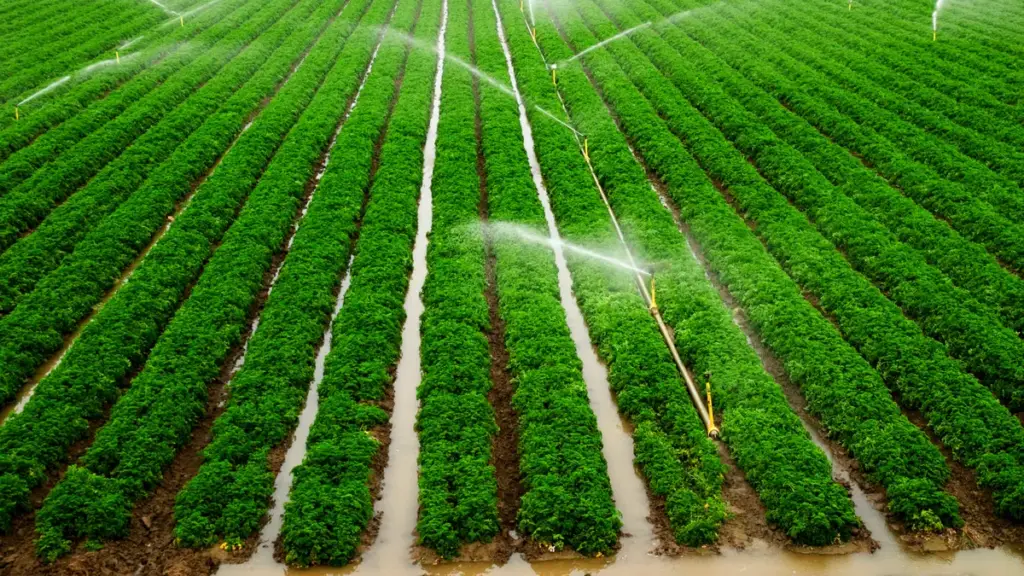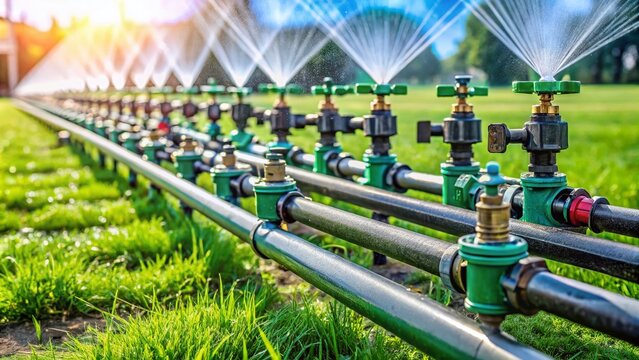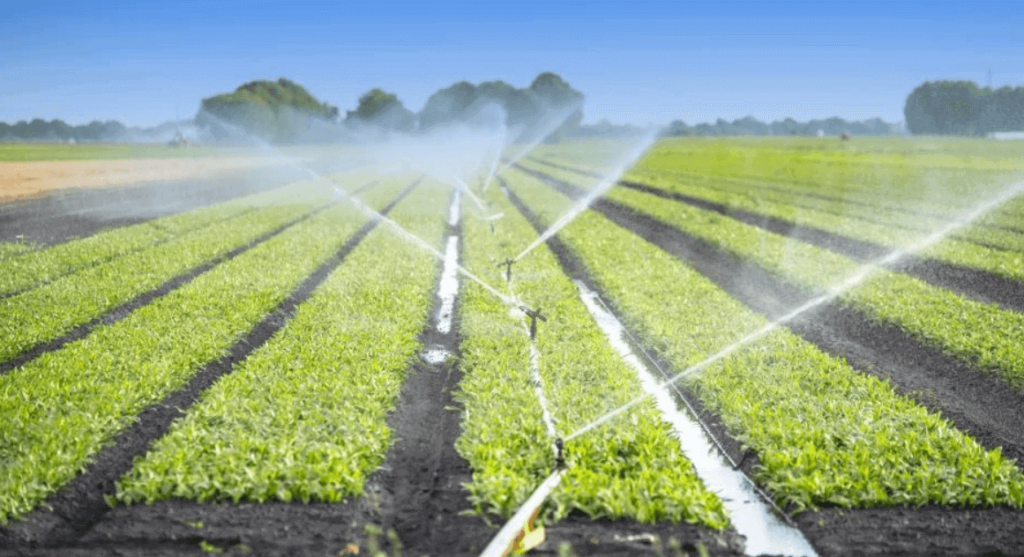Irrigation systems fitting involves the assembly and installation of components essential to effectively water agricultural, landscaping, or garden areas. Key elements in irrigation systems include pipes, valves, sprinklers, drip emitters, and connectors that control and direct water flow to plants or crops. Fittings—such as elbows, tees, couplings, and adapters—are critical for joining pipes and directing water where it’s needed.
Choosing quality fittings and proper installation is essential, as they prevent leaks, withstand varying pressures, and ensure long-lasting performance. The fitting process often varies based on the irrigation type, such as drip or sprinkler systems, and can include considerations like water source, soil type, climate, and plant needs. In automated systems, fittings integrate with timers and sensors, which allow for efficient water management, reducing wastage and optimizing plant health. Proper irrigation fitting enhances water use efficiency, conserves resources, and can significantly improve crop yield and landscaping outcomes.


Irrigation systems fitting involves selecting and installing the essential components that connect and support an irrigation system, such as pipes, valves, fittings, and sprinklers, to deliver water efficiently to plants or crops. Proper fitting ensures seamless water flow, minimizes leaks, and improves water distribution, which is crucial for maintaining plant health and optimizing resource use. Fittings come in various materials, like PVC, polyethylene, and metal, and need to be chosen based on factors like water pressure, environmental conditions, and specific system requirements. Quality fitting enhances system durability, conserves water, and reduces long-term maintenance.



